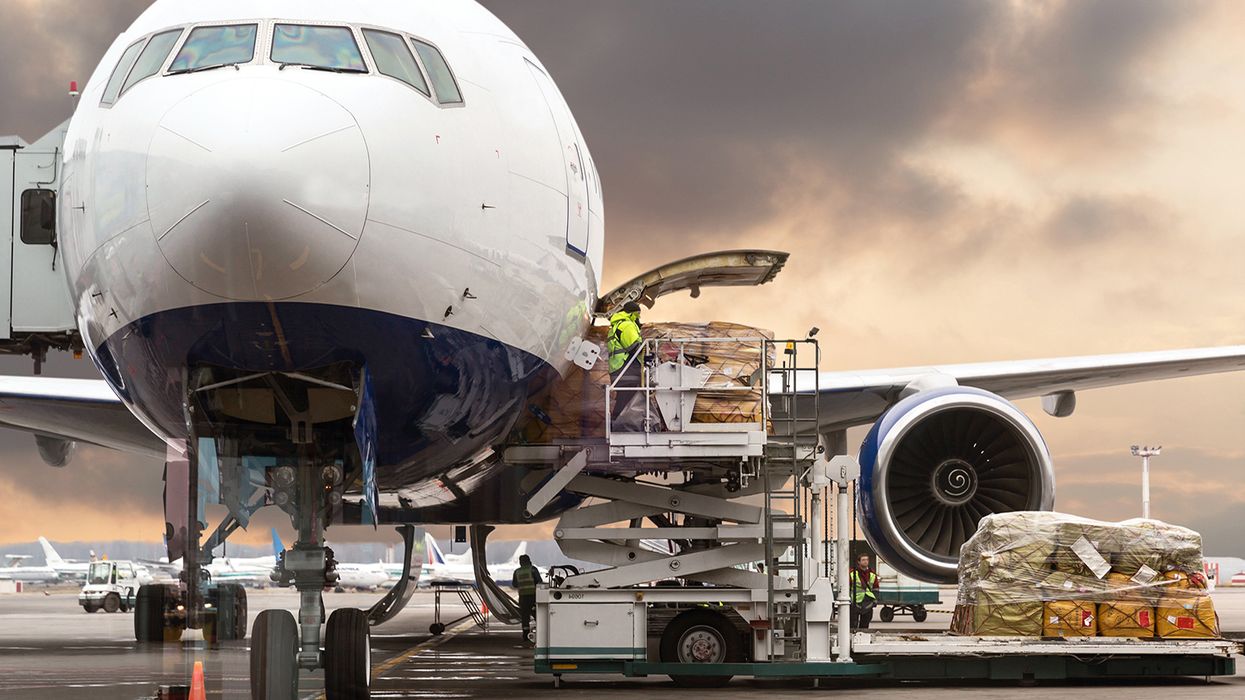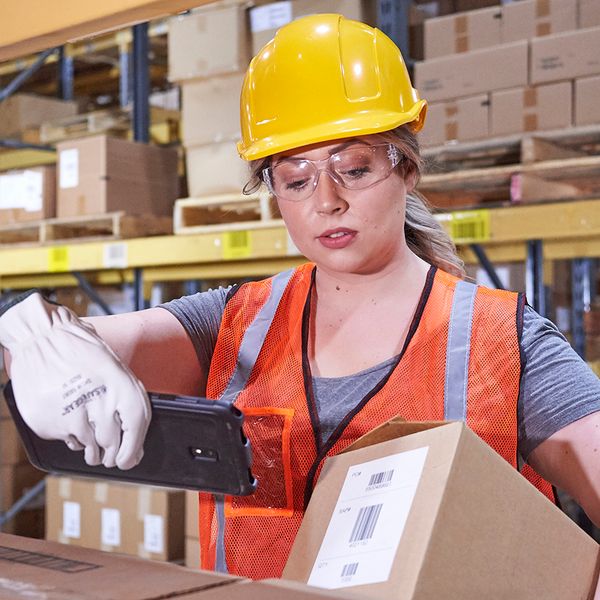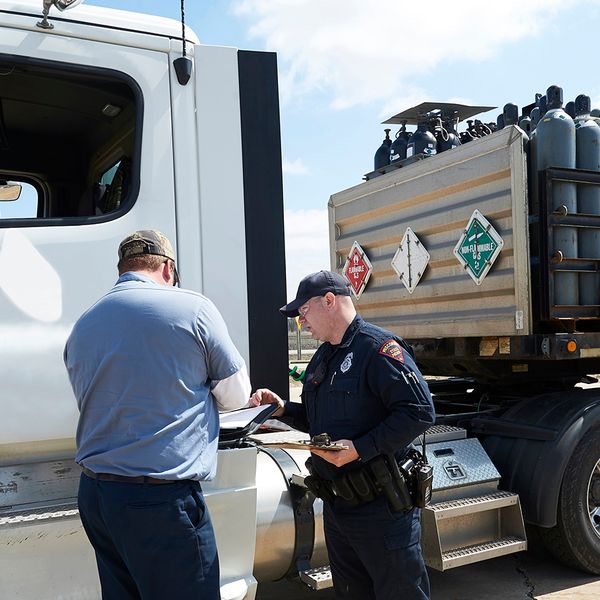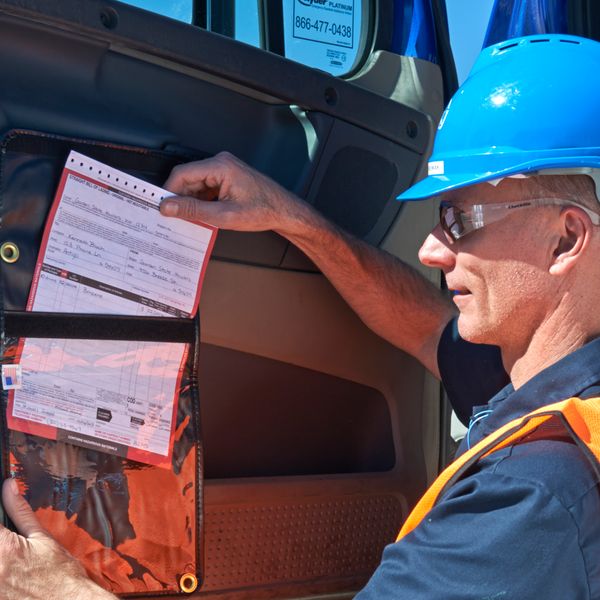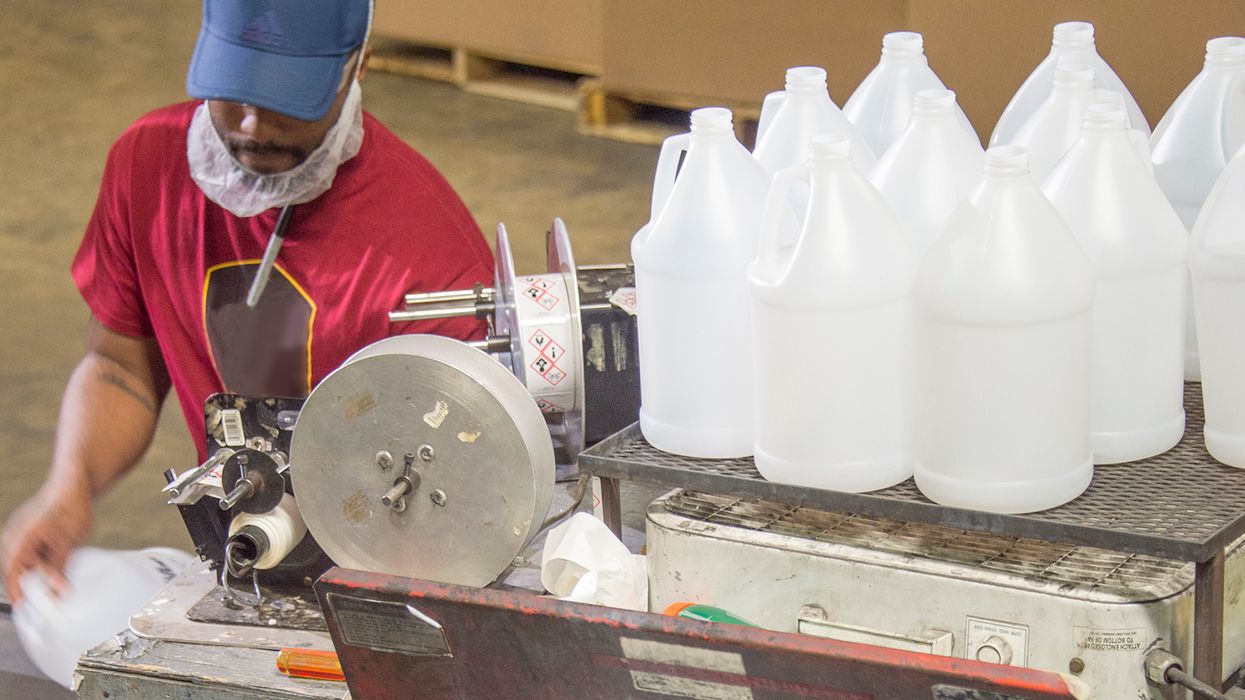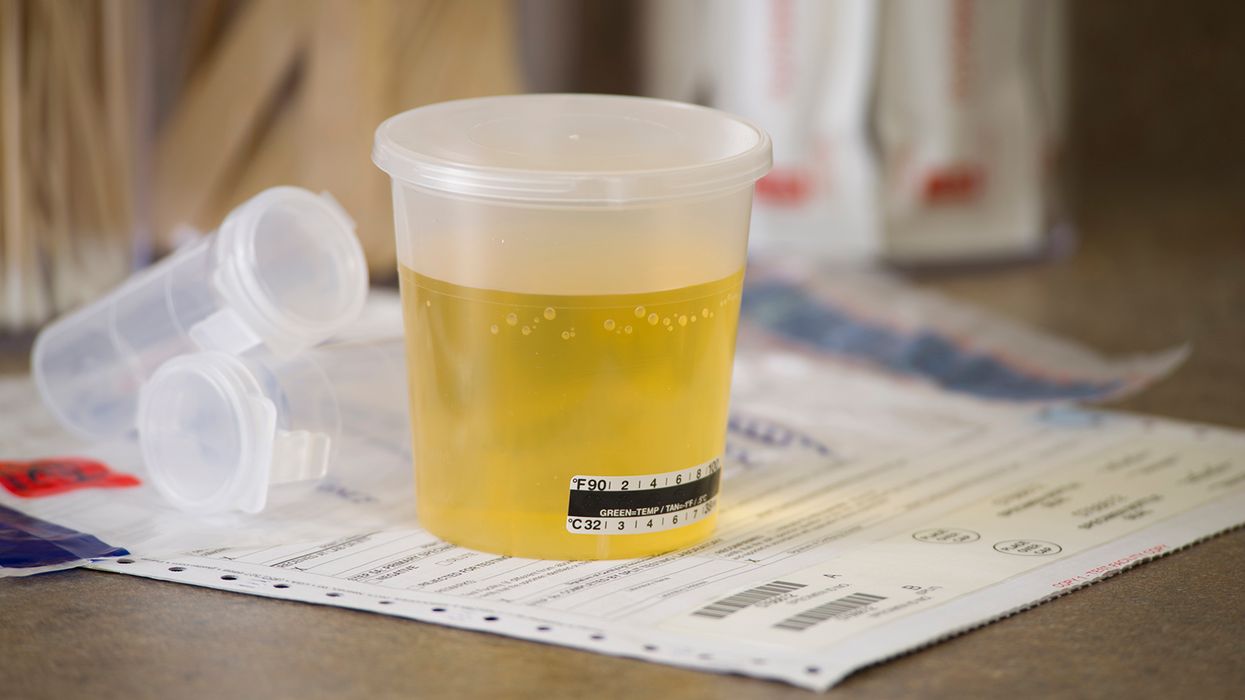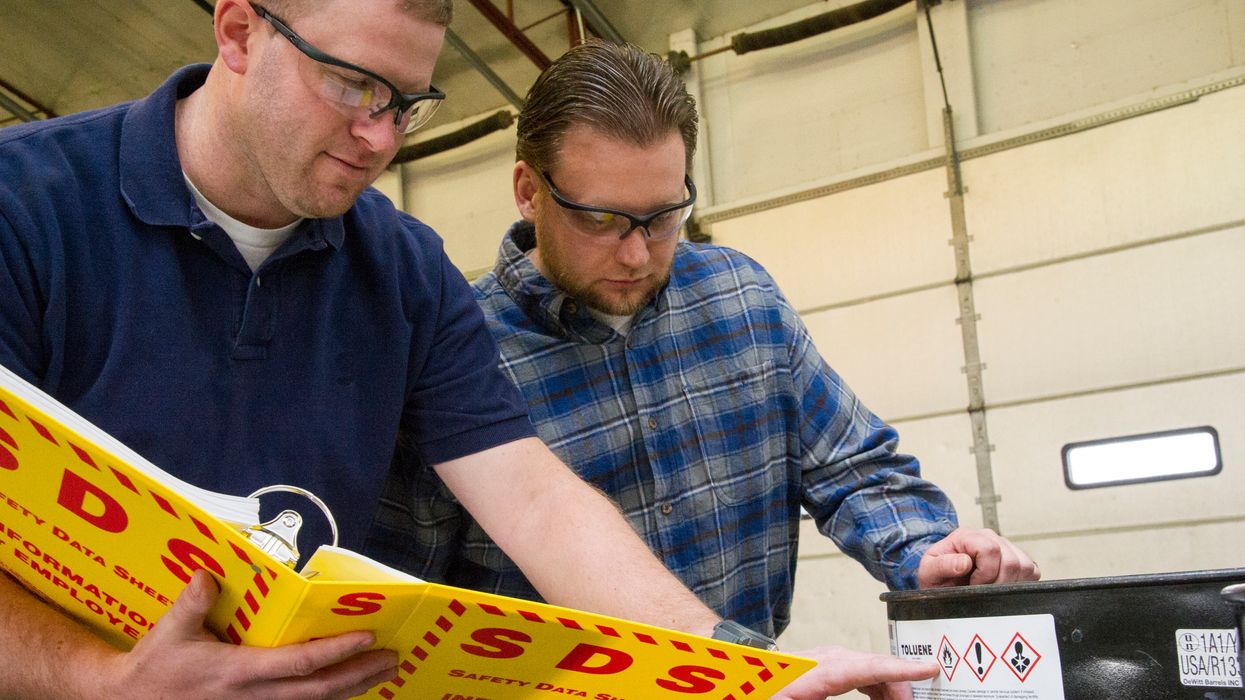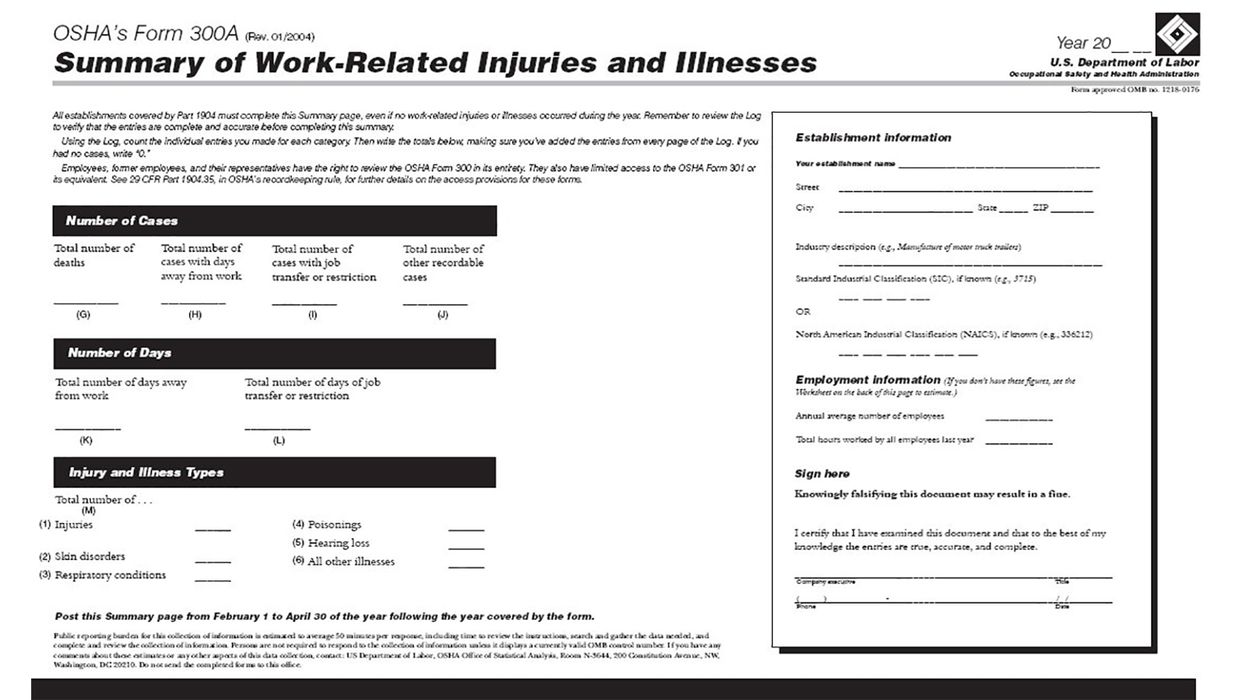Key considerations for shipping hazmat by air
Incidents by air can have devastating consequences, posing significant threats to the aircraft, passengers, crew, transportation workers, emergency responders, and the environment. Throw hazmat into the mix and the consequences of these incidents drastically increase. Vibration, static electricity, temperature, and pressure variations in air transport can cause leaks, toxic fumes, fires, or even explosions if hazmat is not identified and handled properly.
When hazmat is properly packaged, marked, labeled, and stowed, it can be safely transported by aircraft. However, it’s crucial to recognize the unique risks associated with air transport. Products that seem harmless on the ground can become dangerous in the air. For instance, common items like dry ice, lithium batteries, or novelty fireworks, which may not be regulated for ground transport, are considered hazardous by air.
Identify risks
When considering the shipment of hazmat, it’s crucial to evaluate your product carefully, even if you have experience with other transportation modes. Air transport often imposes stricter quantity limits on hazmat shipments. Certain materials that are unregulated for ground transport may be entirely prohibited in air freight. Typically, materials deemed higher risk are limited in how much you can ship, with the highest risk materials being forbidden from air transport entirely.
Consider these tips to identify hazardous materials:
- Watch for common names or keywords that might indicate the product is a hazardous material. Examples include household goods, cleaners, perfumes/fragrances, aerosols, solvents, computer parts or equipment, electronics, paint products, coatings, powders, construction equipment/toolboxes, power tools, office supplies, disinfectants, pesticides/herbicides, acidic or caustic substances, lab samples, perishable goods, and refrigerated items.
- Assess whether a product could fall under one of the nine DOT hazard classes. Consider if it is an aerosol or gas under pressure; contains a flammable, toxic, or corrosive liquid; includes a lithium battery; is a perishable item shipped with dry ice; or is infectious.
- Look at the Safety Data Sheet (SDS), if applicable, to determine a product’s hazard classification. Contact a previous offeror, retailer, or the manufacturer to confirm. As the shipper, you are responsible for knowing the hazard classification of the product.
- Implement processes and controls in your operations to recognize, identify, and either refuse or accept dangerous goods. If you decide to ship dangerous goods, you must comply with the shipping requirements, including necessary training.
Undeclared hazmat
If you come across undeclared hazardous materials during transportation, you are required to report the incident to the Department of Transportation using DOT Form F 5800.1. The reporting process is crucial for a couple of reasons. First, it helps mitigate potential risks associated with the transportation of hazardous materials. By documenting the incidents, authorities can analyze gaps in current safety protocols and identify areas that need improvement. This data is invaluable for enhancing overall safety measures and ensuring that similar incidents are prevented in the future. Additionally, thorough incident reporting contributes to a safer transportation environment by providing insights that can lead to the development of more effective regulations and safety practices.
Need additional information about IATA? Check out this ezExplanation.
Safety is your responsibility
The Federal Aviation Administration (FAA) and air carriers collaborate closely to ensure safety and mitigate risks within the National Airspace System (NAS). As a shipper, freight forwarder, or air carrier, it’s important to recognize the significant impact you can have on safety. Evaluate not only the risks within your own operations but also those in your contacts’ operations. Identifying and declaring your hazmat is crucial, as is adhering to all shipping and transport requirements.
Additionally, ensure that you and your employees receive the necessary hazmat training appropriate to your job functions. Effective communication and transparency with others in the supply chain are essential. By sharing safety messages and educating others, you contribute to a safer and more secure transportation environment.
Key to remember: Following a few tips, such as watching out for key words, looking at SDSs, or implementing new processes, can help you ensure your hazmat is identified and properly packaged before it’s shipped by air.

